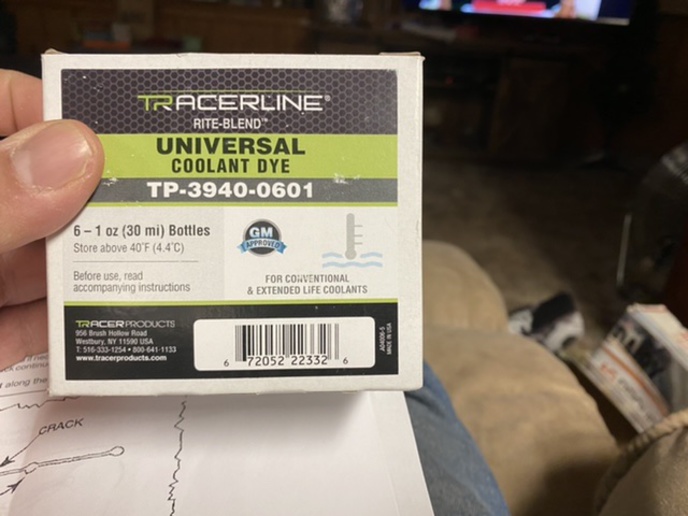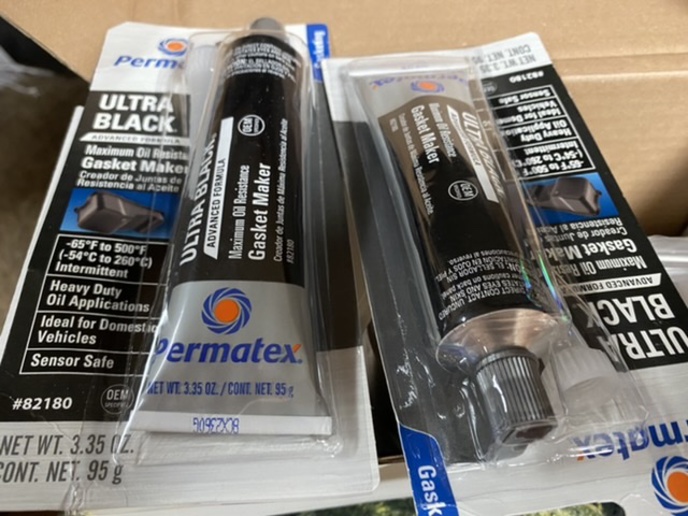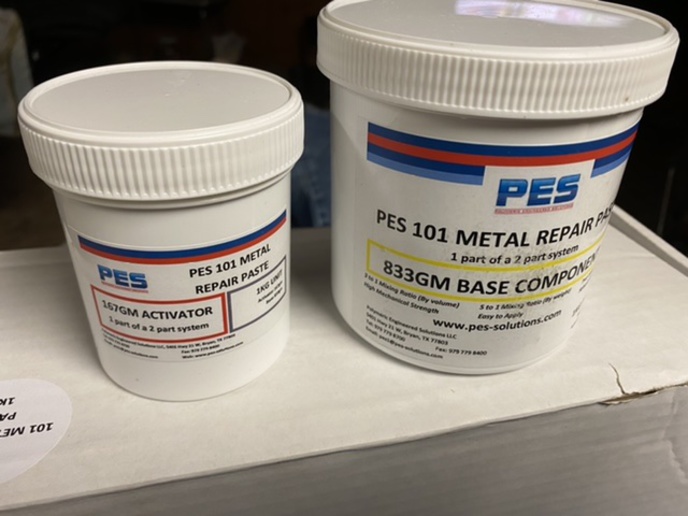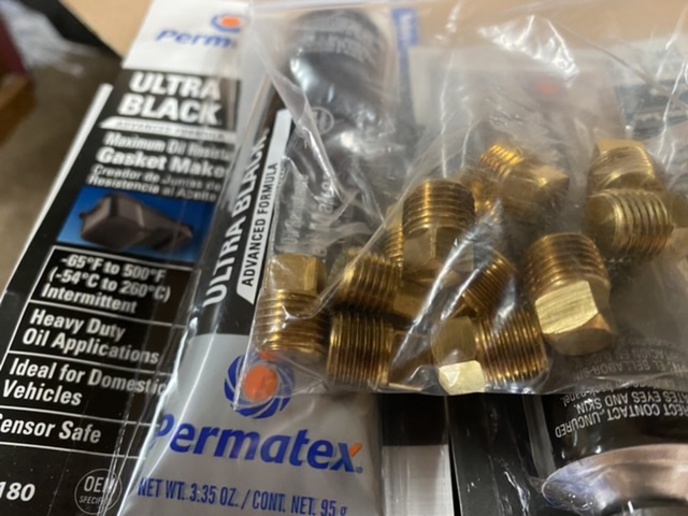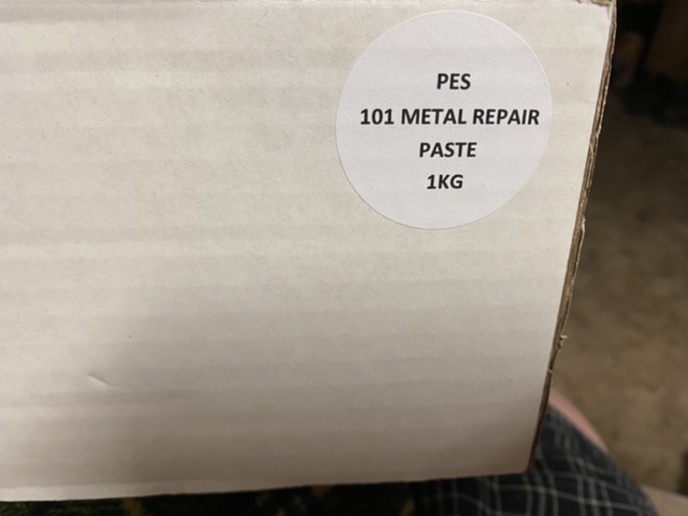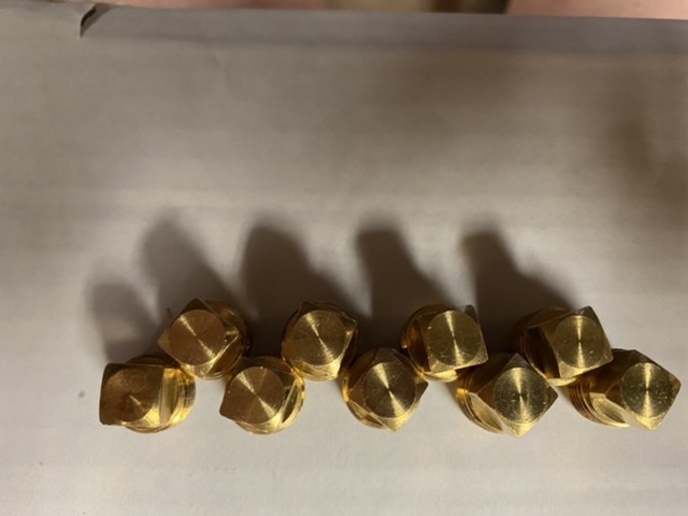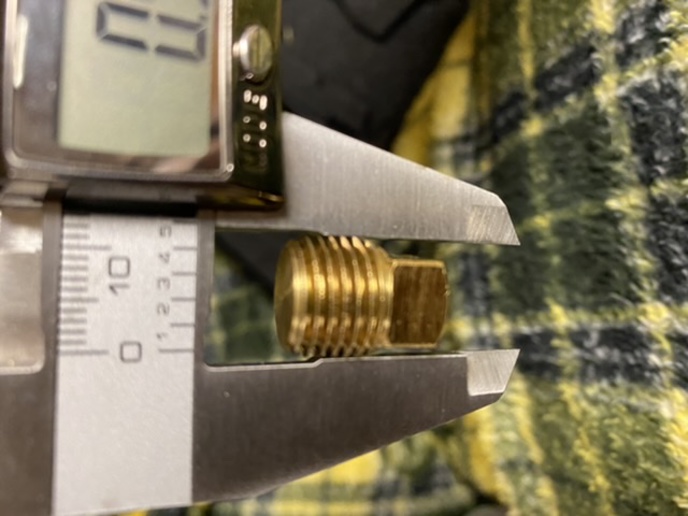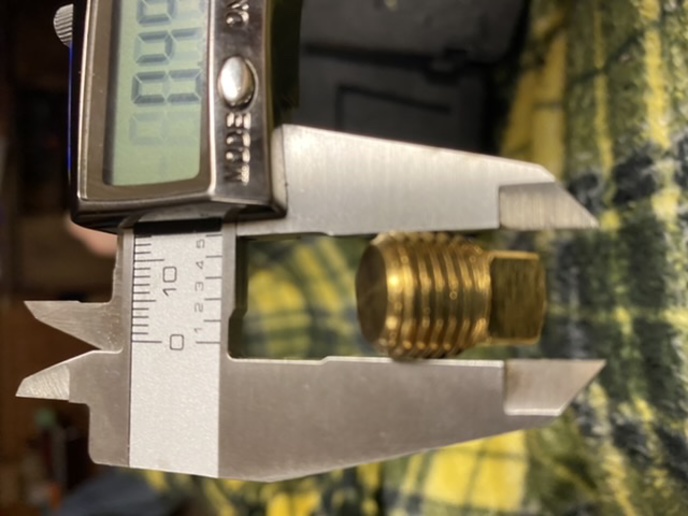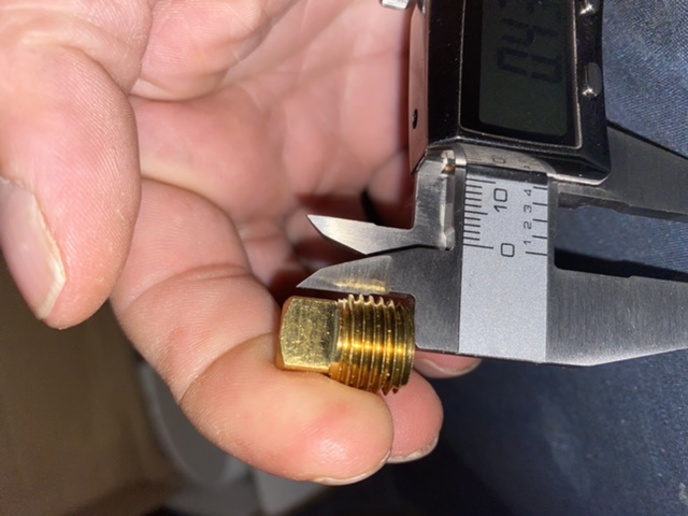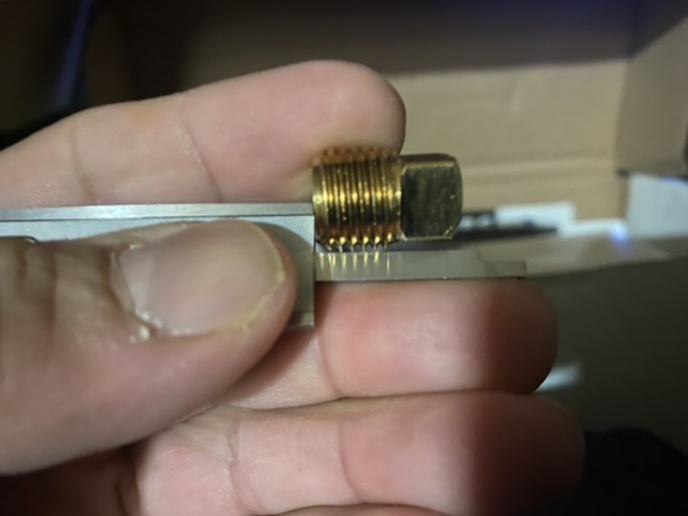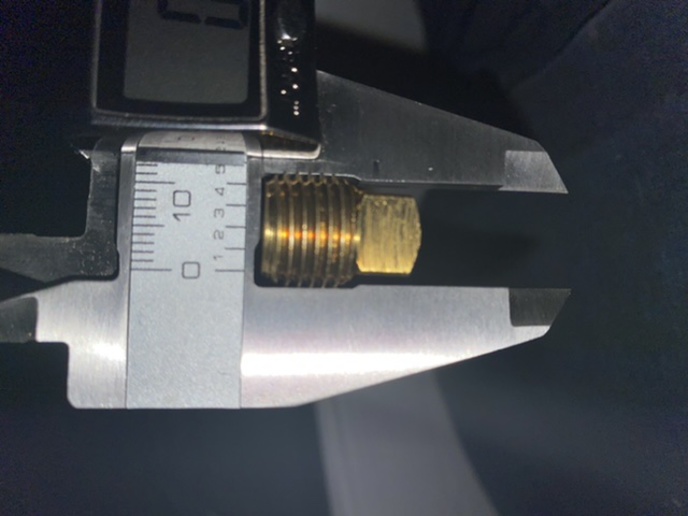You should upgrade or use an alternative browser.
- Thread starter SVcummins
- Start date
Janicholson
Well-known Member
Janicholson
Well-known Member
Steve@Advance
Well-known Member
Trying to tap an interrupted hole is going to be very touchy. Having 2 interrupted cuts (double overlapping plugs) might prove to be even more difficult.
Just my observation...
john in la
Well-known Member
It has a jig you use to space the holes.
The jig is spaced to where you drill every other hole; insert the plugs (that break off when tight) and then grind excess down.
You then go back and drill the holes between the plugs.
I did not find tapping the holes on the second go around any worse than the first time even though you were tapping the block and the ends of two plugs at the same time.
I have never tried it with brass plugs though.
Traditional Farmer
Well-known Member
- Location
- Virginia
Block repair
Traditional Farmer
Well-known Member
- Location
- Virginia
Blackhole49
Well-known Member
- Location
- White Lake MI
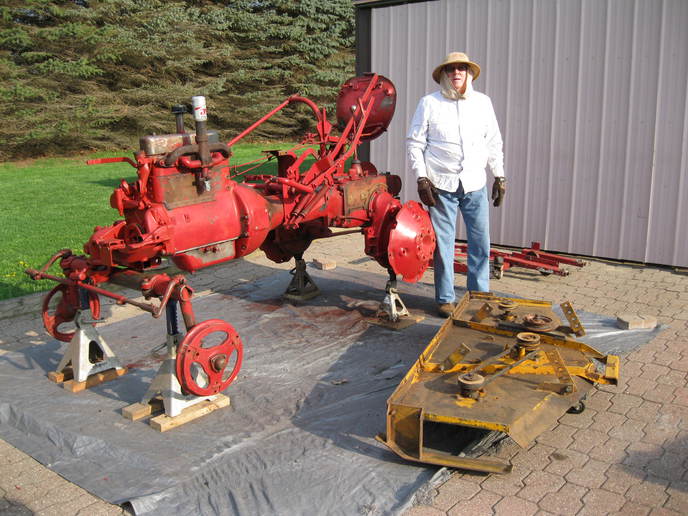
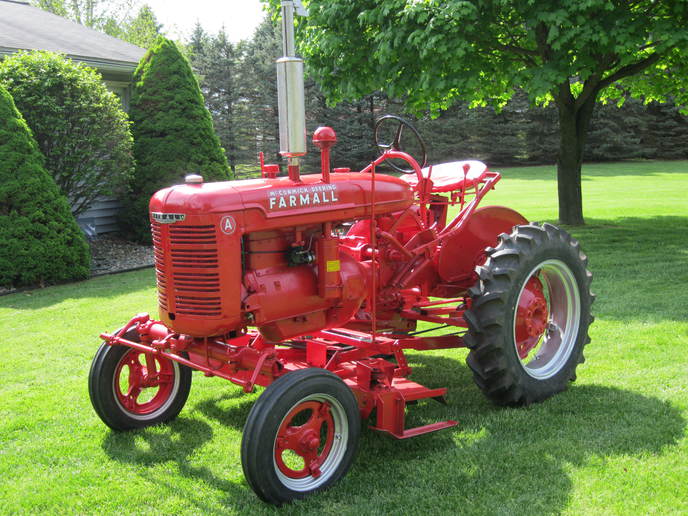
Janicholson
Well-known Member
The glue of choice
Blackhole49
Well-known Member
- Location
- White Lake MI
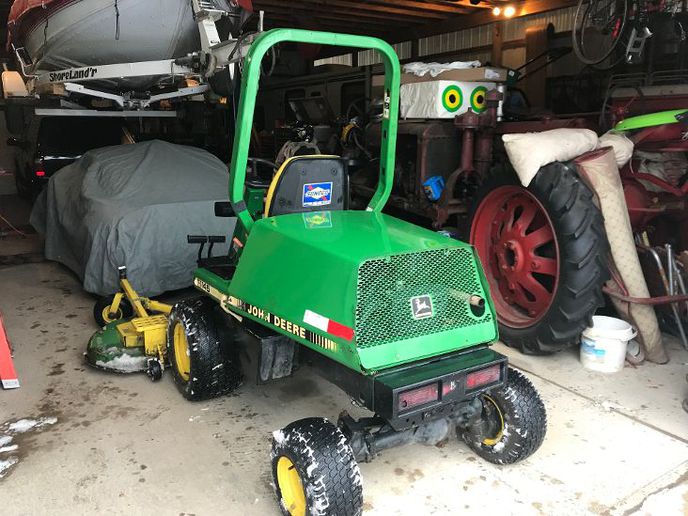
john in la
Well-known Member
You can find pictures on utube about it.
They even make a repair for a crack that ends in a bolt hole.
Kind of pricy the first go around because you need to buy all the jigs but it makes the repair easy and fool proof.
I was once at a trade show where they took 2 pieces of metal and put them together with the locks.
Then they used this piece of metal to lift a heavy weight.
While I have never seen it done I can not think of a reason you could not repair a hole in the block where a rod came threw with the lock and stitch method.
Crazy Horse
Well-known Member
Blackhole49
Well-known Member
- Location
- White Lake MI
DoubleO7
Well-known Member
- Location
- Crystal River, FL
(quoted from post at 11:33:59 03/22/20) Good luck with the repair. Since pipe plugs have a taper, I suspect it is critical that a person apply exactly the same amount of torque on each plug so as not to expand what has already been done before. I think someone mentioned this before in a previous post or reply.
That is why the commercially sold kits use straight threads i.e. Threaded rod or bolts or set screws.
Torquing a pipe plug will force the mother material apart.
On the other hand pipe plugs might not be a bad choice as long as they are turned in just enough to feel them get just a bit snug like one pinky on the outer end of a six inch wrench, lol.
Which would equal the mother metal refusing to spread out.
After all the bolt, set screw or threaded rod method have no torque at all applied/remaining other than thread quality.
But make dang sure you install the plugs well beyond where you think the crack ends. At least one maybe two diameters worth.
john in la
Well-known Member
You do know those 53 blocks cast in Brazil were junk from the get go.
They were cast to thin.
Cummings and dodge had fits with them blocks.
The ones cast in Mexico are much thicker.
1948CaseVAI
Well-known Member
There are several good youtubes from lock 'n stitch that demonstrate the technique in detail.
used red MN
Well-known Member
- Location
- Coon Rapids, MN
used red MN
Well-known Member
- Location
- Coon Rapids, MN
2017 53 block post
Similar threads
- Replies
- 11
- Views
- 1K
- Replies
- 4
- Views
- 503
We sell tractor parts! We have the parts you need to repair your tractor - the right parts. Our low prices and years of research make us your best choice when you need parts. Shop Online Today.
Copyright © 1997-2024 Yesterday's Tractor Co.
All Rights Reserved. Reproduction of any part of this website, including design and content, without written permission is strictly prohibited. Trade Marks and Trade Names contained and used in this Website are those of others, and are used in this Website in a descriptive sense to refer to the products of others. Use of this Web site constitutes acceptance of our User Agreement and Privacy Policy TRADEMARK DISCLAIMER: Tradenames and Trademarks referred to within Yesterday's Tractor Co. products and within the Yesterday's Tractor Co. websites are the property of their respective trademark holders. None of these trademark holders are affiliated with Yesterday's Tractor Co., our products, or our website nor are we sponsored by them. John Deere and its logos are the registered trademarks of the John Deere Corporation. Agco, Agco Allis, White, Massey Ferguson and their logos are the registered trademarks of AGCO Corporation. Case, Case-IH, Farmall, International Harvester, New Holland and their logos are registered trademarks of CNH Global N.V.
Yesterday's Tractors - Antique Tractor Headquarters
Website Accessibility Policy


